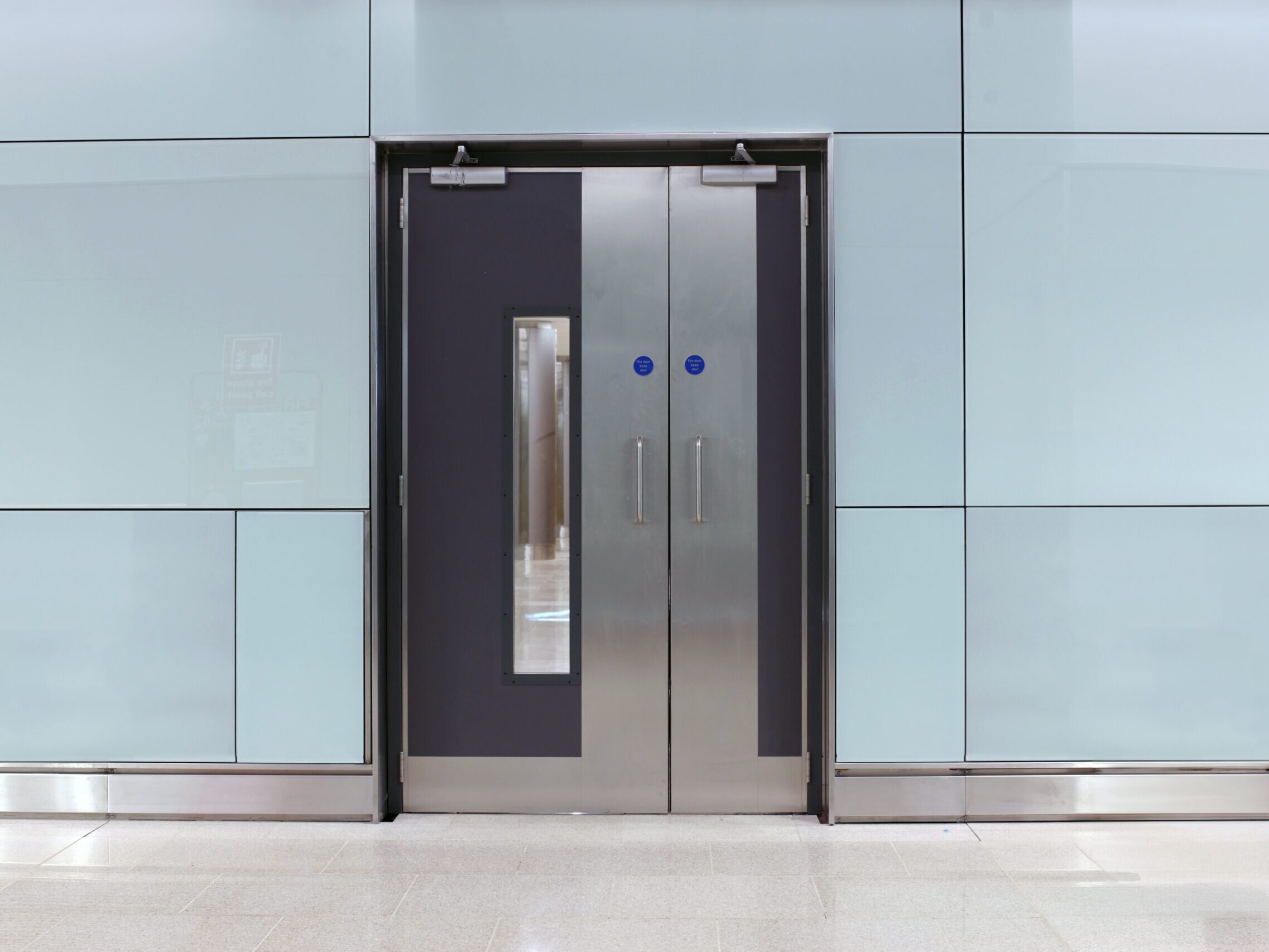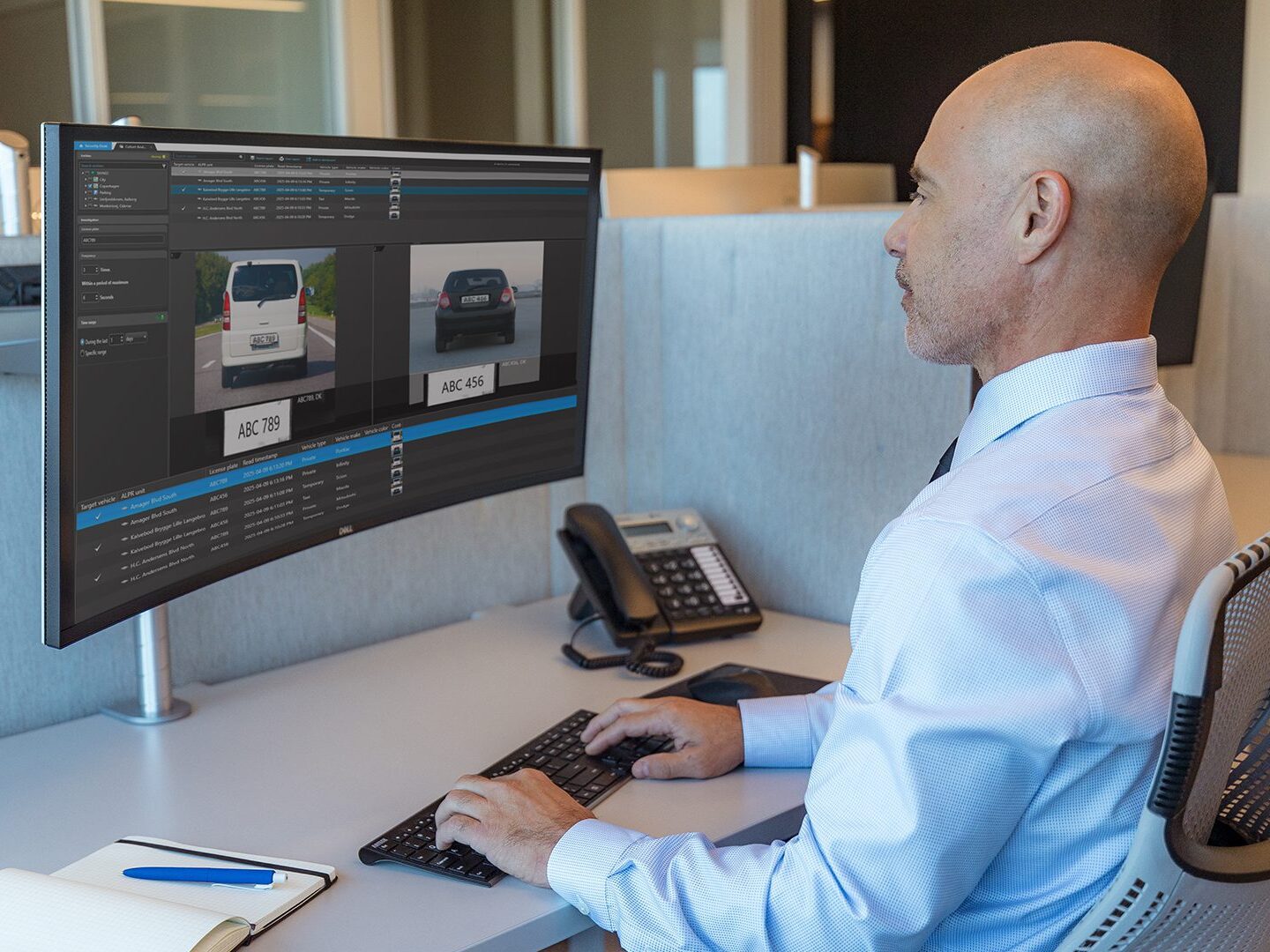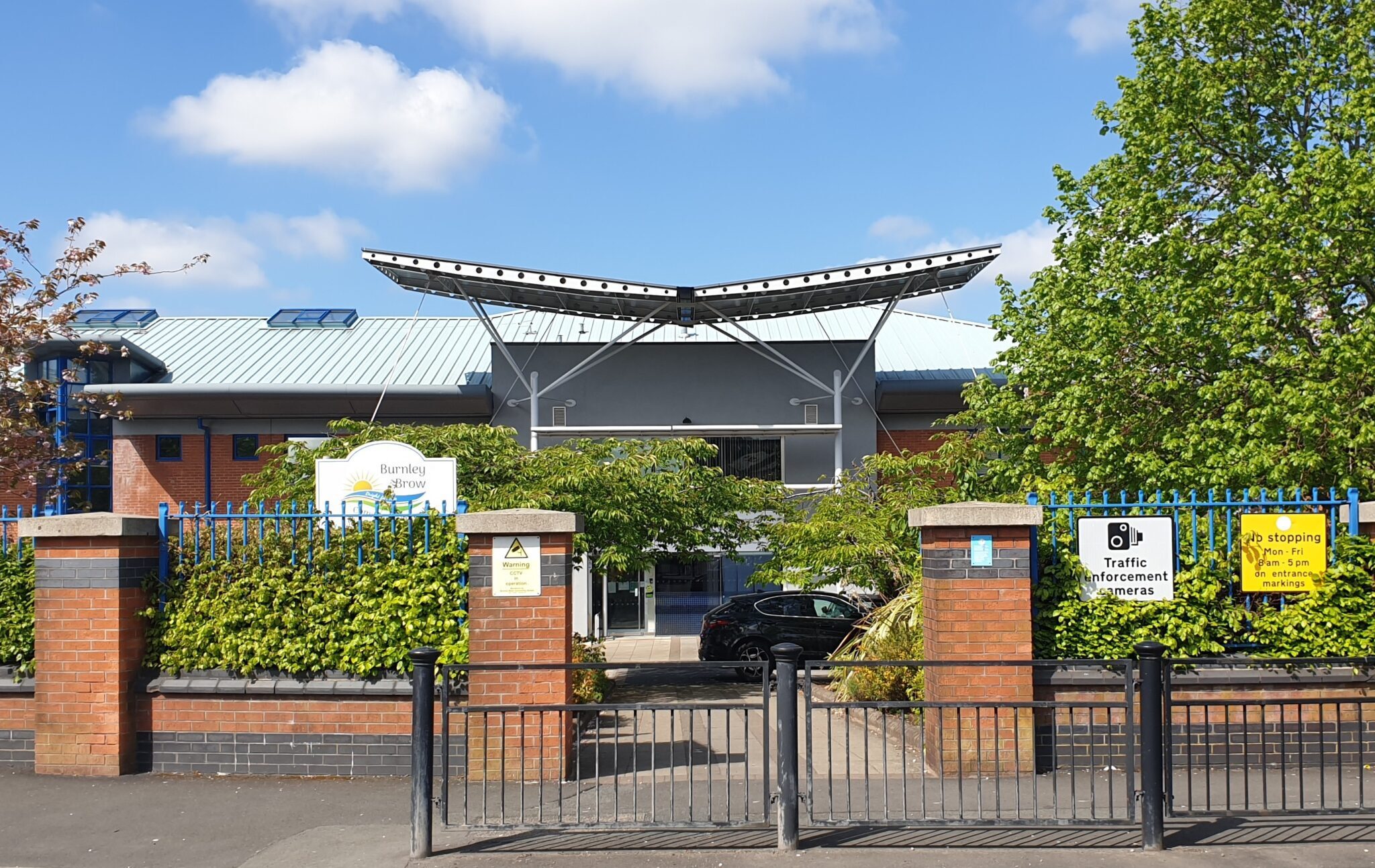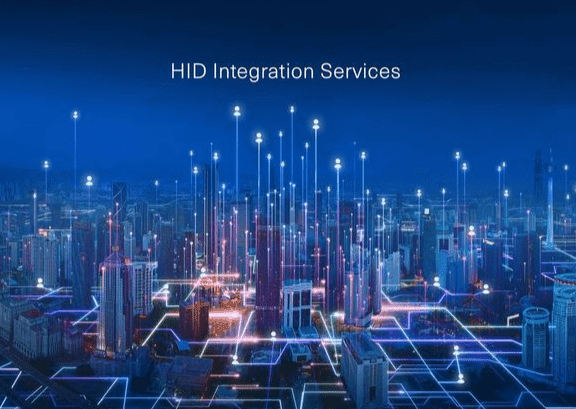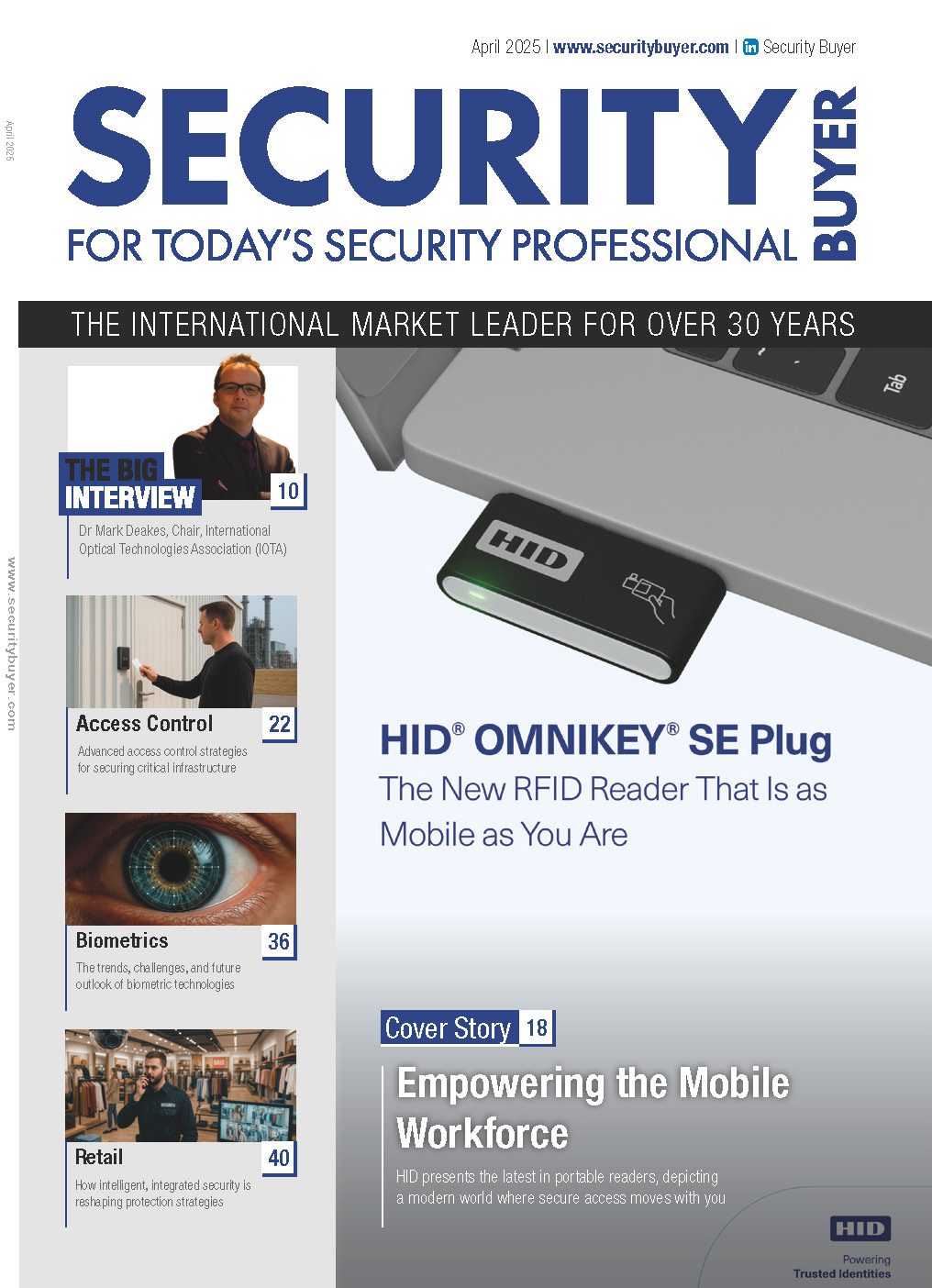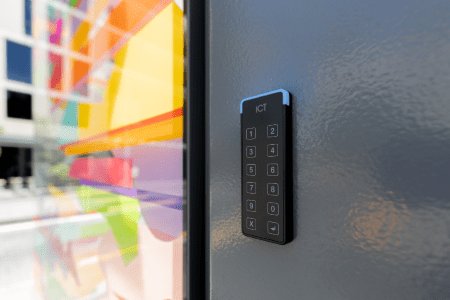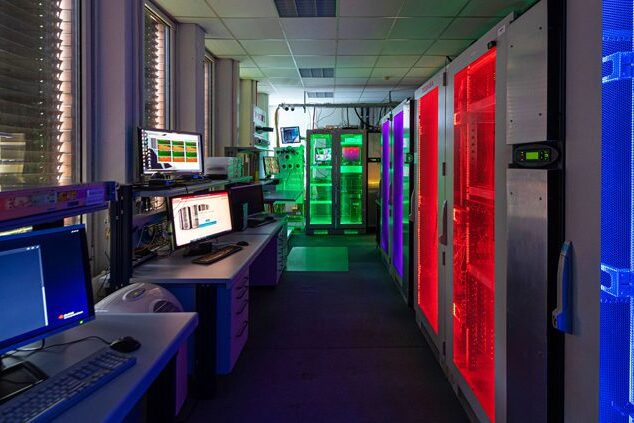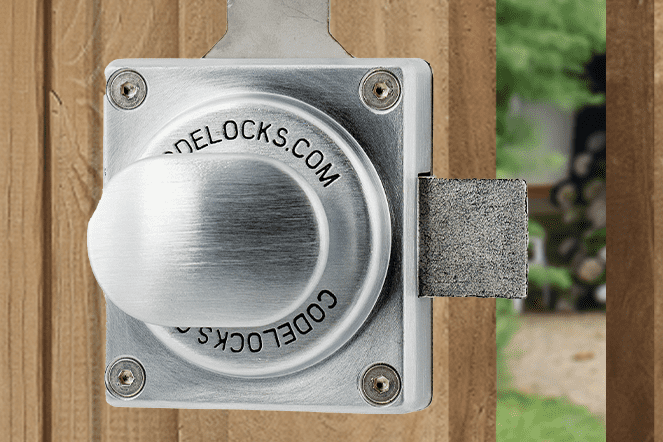If manufacturers are careless and fail to inform businesses about access control systems being out of date, it is not just security which becomes a problem. If a company is trying to get the most out of a system which is dilapidated and obsolete, productivity and work capacity can be hindered and risks can increase. Nedap Security Management’s Jeroen van Os outlines the most significant risks.
Risk one: Security and safety issues
First and foremost, an outdated system can cause significant security and safety issues. This lies in the fact that an outdated system is much more vulnerable to data theft and unauthorised access. The point of unauthorised access is a critical one and can cause significant problems. Think of confidential information being compromised and falling into the wrong hands. In many cases, this opens the door for criminals and harmful agents to access critical operating systems.
Risk two: Poor compliance
Leaking critical and confidential information can cost a company dearly. With an outdated system in place, it becomes difficult to comply with increasingly stringent legislation, regulations and standards. This is especially true for sectors where these rules must be strictly enforced such as in the financial and chemical industries. For businesses that work closely with manufacturers, partners and collaborators, using outdated systems can also put these third parties at risk.
Risk three: Reputational damage
A company’s failure to protect people, data or property can lead to severe reputational damage. Reliability and trust are two elements in particular that are critical for building and maintaining a business image. For this reason, avoiding damage to prestige and reputation can help protect against potential damage a company is at risk for. It’s important to remember that restoring trust and a positive brand and company image when lost is incredibly difficult.
Risk four: Low morale and difficulty sourcing talent
An impractical or complicated system can hurt employees. Indeed, employee morale can be reduced when a system does not work correctly. Moreover, finding new, skilled employees for these positions can take time and effort. Employees may feel at risk or that they are being placed under undue pressure to maintain security standards with sub-standard systems. Therefore, effective security systems don’t only help protect your business – they contribute to the wellbeing of your staff.
Risk five: Poor cooperation and low efficiency
An outdated system does not grow with new users, technologies or working methods. If data is stored in different systems that do not communicate, it is difficult for teams to collaborate and maximise opportunities. For example, if your manager does not know that a branch usually is half-empty on Fridays, he cannot save on aspects such as catering, lighting, heating or air conditioning. For the modern, dynamic, flexible and collaborative workplace, obstacles must be minimised, proactivity empowered and supported.
Risk six: Higher costs
Outdated systems may require further investment to compensate for deficiencies. Also, an obsolete system may lead to higher insurance premiums or pose issues regarding insurance compensation in case of a claim. Modernising your access system can minimise costs and eliminate the chance of hidden financial burdens.
Having insight into who enters a location and when this happens is desirable. Especially after the pandemic and now that hybrid working is a given commodity, it is important to control the flow of people and staff leaving a location, building or room.
But, this must be done with fully up-to-date systems. Otherwise, the safety of people, goods and locations cannot be guaranteed. As an organisation, you must take responsibility.
To read more news and exclusive features see our latest issue here.
Never miss a story… Follow us on:
Security Buyer
@SecurityBuyer
@SecbuyerME
Media Contact
Rebecca Morpeth Spayne,
Editor, Security Portfolio
Tel: +44 (0) 1622 823 922
Email: [email protected]

